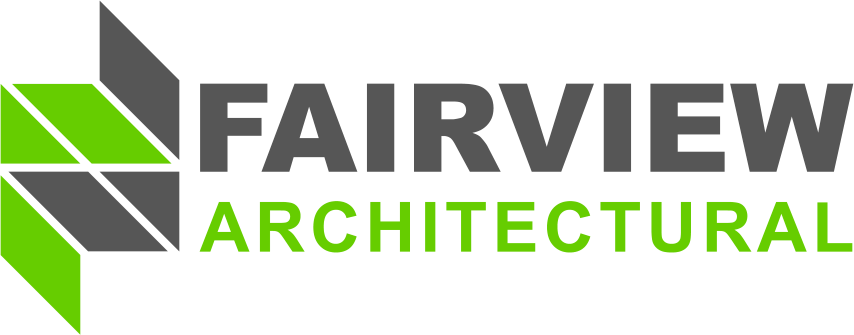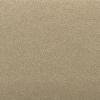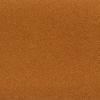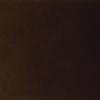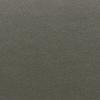Paint crazing, also known as cracking or checking, occurs when a series of small cracks or lines appear on the surface of a painted material. This can happen when folding pre-coated aluminum, where the coating is subjected to stress and strain, causing the paint to crack and form small fissures.
The reason for this is that the coating on pre-coated aluminum is typically made up of multiple layers, including a primer, color coat, and topcoat. These layers are applied to the aluminum substrate in a carefully controlled environment, and they are designed to adhere tightly to one another and to the substrate.
However, when the pre-coated aluminum is bent or folded, the coating can become stretched and compressed, causing the layers to separate slightly. This separation can cause the paint to crack or craze, particularly if the coating is not able to flex enough to accommodate the stresses and strains that are placed on it during the folding process.
The paint used in continuous roll coating (coil coating) contains resins that are more flexible than the resins used in paint for spray applied applications.
In addition, the quality of the coating can also play a role in whether or not paint crazing occurs. If the coating is too brittle or too thin, it may be more susceptible to cracking or checking when subjected to stress and strain.
To minimize the risk of paint crazing when folding pre-coated aluminum, it is important to use high-quality coatings that are designed to flex and accommodate the stresses and strains that are placed on them during the folding process. Additionally, the folding process itself should be carefully controlled and monitored to ensure that the coating is not subjected to excessive stress or strain.
How does temperature affect whether pre-coated aluminum crazes or not when folding?
Temperature can play a significant role in determining whether or not pre-coated aluminum will craze or crack when folded. When the pre-coated aluminum is subjected to high or low temperatures during the folding process, it can cause the coating to become more brittle or more flexible, which can impact its ability to withstand the stresses and strains of folding without crazing.
If the pre-coated aluminum is folded at a temperature that is too low, the coating may become too brittle and prone to cracking or crazing. This is because the coating is unable to flex and accommodate the stresses and strains that are placed on it during the folding process.
In general, it is recommended to fold pre-coated aluminum at a temperature range that is between 60 and 80 degrees Fahrenheit (15 and 27 degrees Celsius), however the optimal temperature range for folding pre-coated aluminum without causing paint crazing will depend on a variety of factors, including the specific coating and substrate materials, the thickness of the coating, and the degree of stress and strain placed on the material during folding.
An infrared laser thermometer is a low-cost way of ensuring that your pre-coated material is at the right temperature before attempting to fold or form it.
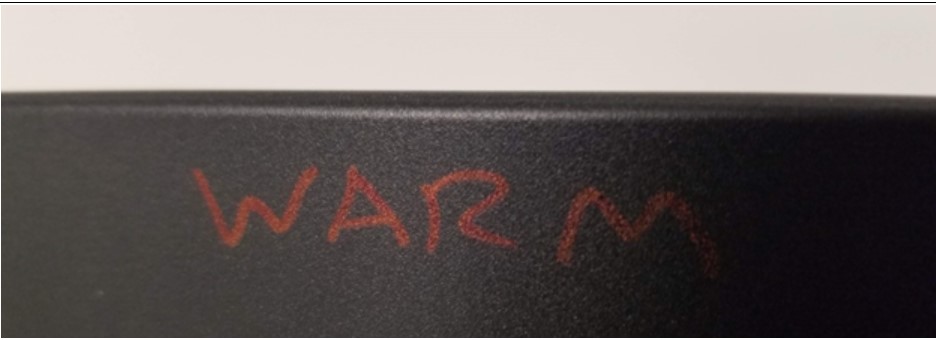
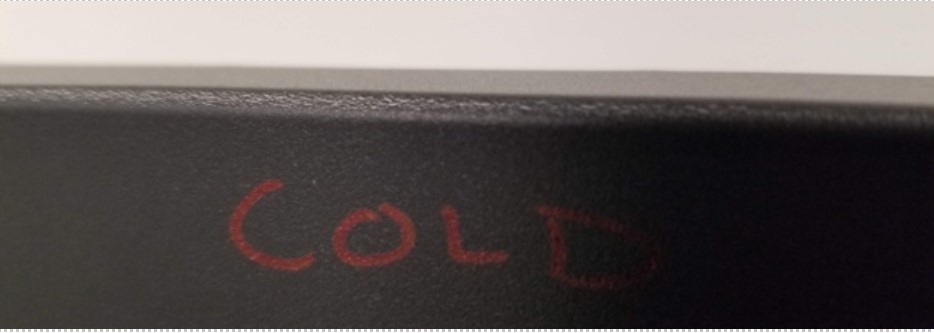
What are the differences between coil coating (continuous roll coating) and spray applied coatings?
Coil coating and spray applied paints are two different types of paint systems that are used for different applications and with different properties.
Coil coating is a continuous process of applying paint to a metal substrate, such as aluminum or steel, in coil form before it is cut into sheets. In this process, the metal coil is unwound, cleaned, pre-treated, and coated with paint before being rewound. The paint used in coil coating is typically a high-performance liquid coating that is specifically designed for this application. These coatings are applied in a controlled factory environment and are optimized for speed, consistency, and durability.
Coil coating paints are typically formulated with high solids, which means that they have a high concentration of pigments and resins, resulting in a thick and durable coating, and are designed to provide excellent adhesion, durability, and resistance to corrosion, weathering, and other environmental factors. Coil coatings may also contain special additives that enhance their performance, such as UV stabilizers, anti-static agents, and anti-graffiti agents.
On the other hand, spray applied paints are applied using a spray gun or similar device, typically in a field or workshop setting, and sometimes with automated equipment. Spray applied paints are typically lower in solids than coil coatings, and are designed to be applied in thinner layers that can be built up over time.
Spray applied paints may also contain additional solvents, which can help to improve their application properties, but may also release increased VOCs (volatile organic compounds) into the environment during the application process.
Overall, the primary difference between coil coating and spray applied paints is in their application method and composition. Coil coatings are designed for precise and uniform application to metal coils, while spray applied paints are more for applications where consistency and accuracy in the finish is not as important.
Why is it important to use coil coated finishes on metal cladding?
There are several reasons why it is important to use coil coated finishes on metal cladding:
1. Durability: Coil coated finishes are formulated to provide excellent durability and long-lasting protection against corrosion, weathering, and other environmental factors. This is particularly important for metal cladding, which is often exposed to harsh weather conditions and may be subject to significant wear and tear over time.
2. Workmanship: Coil-coated finishes have a flexible resin that allows for forming and bending without cracking the finish.
3. Consistency: Coil-coated finishes are applied using a continuous process that ensures uniform coverage and a consistent finish. This is important for metal cladding, which is often used in large-scale construction projects where consistency and uniformity are critical.
4. Aesthetics: Coil-coated finishes are available in a wide range of colors, textures, and finishes, which can be customized to meet the specific design requirements of a project. This is important for metal cladding, which is often used as a decorative element in building facades.
5. Sustainability: Coil-coated finishes are typically formulated with low VOCs (volatile organic compounds), which makes them a more environmentally friendly option compared to traditional spray applied coatings. This is important for metal cladding, which is often used in green building projects and sustainable construction.
6. Cost-effectiveness: Coil coated finishes are typically more cost-effective than traditional spray-applied coatings, particularly for large-scale construction projects. This is because the continuous application process used in coil coating is more efficient and less labor-intensive compared to traditional spray-applied coatings.
Overall, the use of coil-coated finishes on metal cladding provides a range of benefits, including durability, consistency, aesthetics, sustainability, and cost-effectiveness. These benefits make coil-coated finishes an excellent choice for architects, builders, and designers who are looking for a high-performance, cost-effective, and environmentally friendly option for metal cladding.
For more information on this topic and our Vitraplate pre-finished solid aluminum plate Contact Us.
